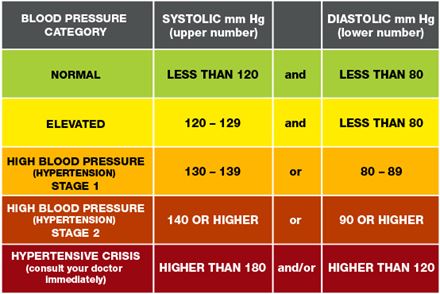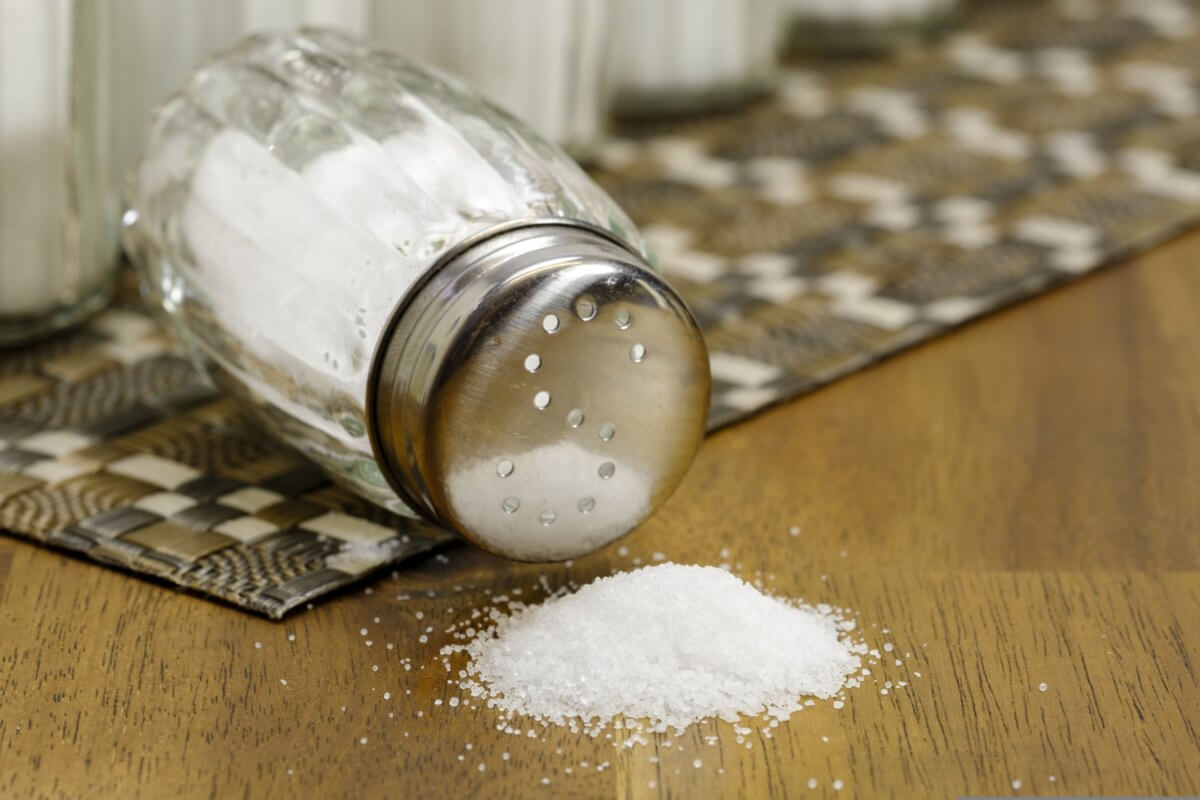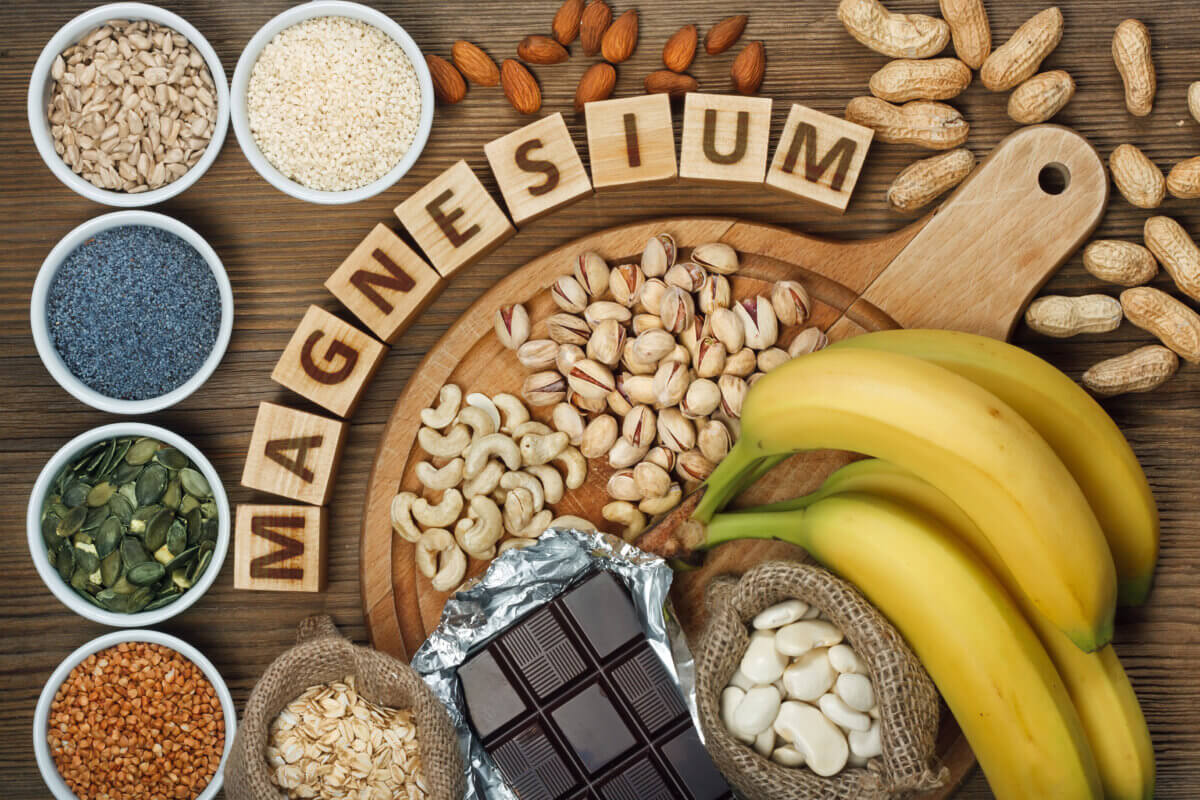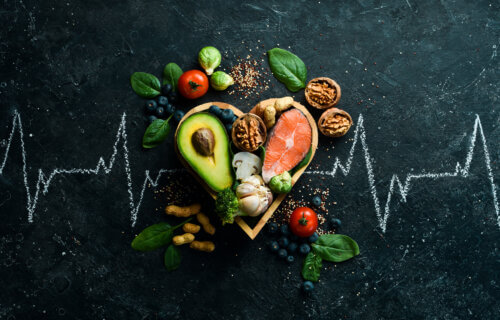Hypertension is known as “the silent killer,” with 20 percent of Americans unaware that they have it. The good news is that it’s easy to check on your health using a blood pressure cuff from home, and there are many ways to lower your blood pressure without going straight to prescription drugs.
What is high blood pressure?
Blood pressure is the force of your blood pushing against the walls of your blood vessels. If your blood is pushing very powerfully and consistently, this leads to high blood pressure. Over time, such high forces damage the arterial tissue. Generally speaking, hypertension refers to a reading of 130/80 millimeters of mercury (mm Hg) or higher.
There are different categories of high blood pressure
According to the American Heart Association, the following guidelines should be used for classifying high blood pressure:

Of note, even with a stage 1 reading, official diagnosis is up to the discretion of your doctor as they can fully evaluate your health outlook.
Even after you see a doctor, there are plenty of steps you can take to manage your high blood pressure — and lower it.
4 tips for lowering blood pressure
Limit excess salt
An excess of salt, not salt by itself, can drive high blood pressure. Salt works together with other electrolytes, namely potassium and magnesium. When there is an imbalance, it can create problems. Highly processed snack foods like chips and crackers as well as fast foods are typically exceedingly high in sodium. The simplest way to reduce your intake is to eat less of these foods.

Eat more potassium
Potassium blunts the effects of salt by oppositely acting on it. This helps your body to get rid of it more efficiently. Sometimes, it isn’t eating too much salt that is the problem, but not eating enough potassium. It’s recommended to reach close to 4,700 mg per day. However, if you aren’t making a concerted effort to hit this mark, it can be difficult to reach this level through a normal diet. Potassium rich foods include beans, potatoes, avocados, coconut waters, and watermelon.

Get more magnesium
Magnesium regulates both salt and potassium, making it a very important mineral to keep up with if you are trying to lower your blood pressure. Additionally, studies show it is effective at lowering hypertension by enhancing vasodilation.
Vasodilation describes the dilation of blood vessels, which is directly linked to lowering blood pressure. Magnesium-rich foods include dark leafy greens, avocado, and dark chocolate.
Pro tip: don’t overcook your vegetables if you want to retain as much magnesium as possible. All dark leafy veggies contain chlorophyll, of which magnesium is a central part of. Overcooking vegetables to the point that they are no longer a vibrant green means that the magnesium has been removed. It can also be difficult to get magnesium from food, so consider supplementing it if you are medically cleared.

Lower stress
Chronic stress can have an incredible role on blood pressure. However, getting rid of stress can sometimes feel impossible. We can’t always be completely stress-free, but try to practice more mindfulness and let go of things that are not within your control. Engage in more fun activities when you can, and just make more time to enjoy things you like. Whether it’s reading, going for a walk, or watching your favorite show, it all helps.
Bottom Line
Unless you’re keeping track, it can be hard to tell when your blood pressure is running high. Then before you know it, you find out that you have it. This is how it goes for millions of Americans, and many times, “cut the salt” is the main advice they get back. While this helps, there is more to the picture. Increasing potassium and magnesium rich foods, while lowering stress, plays just as much of a significant role.


These tips are repeated over and over, and when you do them all, you lower your blood pressure by 3 or 4 points. They’re useless.
How about realizing that the 120/80 standard is too low for most people, especially for seniors. And life expectancy only declines slightly into the 140s and 160s. The old standard of 100 plus your age seemed more realistic.
Doctors have people on so many blood pressure medications these days they can hardly function. They did that to me for years and I could barely think. Plus my feet swelled up, I got rashes, got a cough and other nasty symptoms.
The answer is to live life and worry about things like blood pressure less.